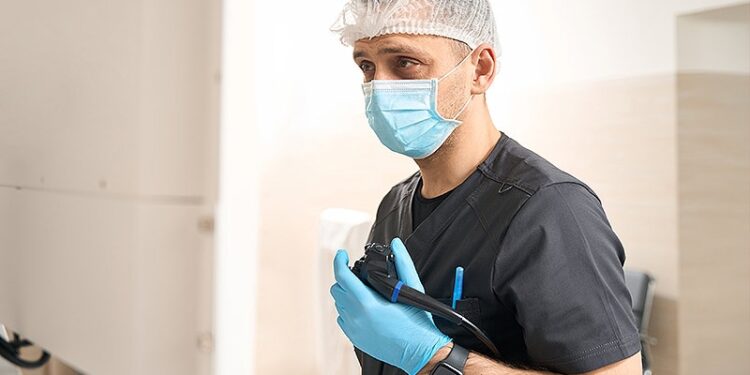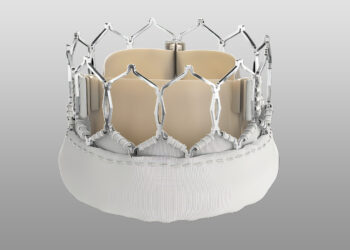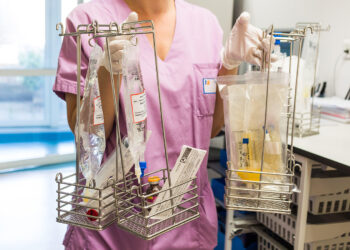[ad_1]
TOPLINE:
A dry suction technique was noninferior to a wet suction technique for endoscopic ultrasound–guided fine-needle biopsy (EUS-FNB) in patients with solid pancreatic lesions, with comparable diagnostic accuracies. A single needle pass achieved more than 90% accuracy in both the techniques.
METHODOLOGY:
- This randomized noninferiority trial conducted across four hospitals in China (2022-2024) assessed the diagnostic accuracy of dry vs wet suction techniques in solid pancreatic lesions using a 22G Franseen needle.
- Overall, 193 patients with solid pancreatic lesions (mean age, 61.52 years; 59.6% men) to be diagnosed or suspected on imaging were randomly assigned to either the dry suction group (n = 96) or the wet suction group (n = 97).
- The stylet of the needle was removed before puncturing the lesion. A 10-mL air-filled prevacuum syringe was used in the dry suction group, while the needle was flushed with 5 mL of saline to replace the air column in the wet suction group. The needle was moved back and forth approximately 10-20 times using the fanning method.
- The adequacy of the sample was assessed using macroscopic on-site evaluation after three needle passes per patient, and the specimens underwent cytologic and histologic evaluation. Malignancy was defined as suspicious or positive findings.
- The primary outcome was diagnostic accuracy, defined as the percentage of final diagnoses matching the tissue samples obtained during needle passes. The secondary outcomes included the optimal number of needle passes, specificity, sensitivity, specimen quality, adverse events, and duration of the procedure.
TAKEAWAY:
- The diagnostic accuracy was 97.92% in the dry suction group vs 96.91% in the wet suction group, with no statistically significant difference observed between the groups, demonstrating noninferiority of dry suction.
- No significant difference was observed between the dry and wet suction groups in terms of sensitivity, specificity, specimen quality, sample adequacy, blood contamination levels, or procedure time.
- Moreover, no significant difference in the cumulative diagnostic accuracy after each needle pass was observed between the two groups and between passes in each group. The first pass achieved more than 90% accuracy in both groups.
- The overall adverse event rate was 2.6%, with no uncontrollable adverse events or deaths reported in either group.
IN PRACTICE:
“The dry suction technique simplifies the procedure and is preferred in clinical practice,” the authors wrote. “With the improved performance of needles, satisfactory diagnostic accuracy of EUS-FNB in SPLs [solid pancreatic lesions] can be achieved only with dry suction and limited needle passes,” they added.
SOURCE:
This study, led by Shenglin Xu of Southern Medical University in Guangzhou, China, was published online in the American Journal of Gastroenterology.
LIMITATIONS:
This study was conducted at four tertiary centers, with procedures performed by experienced endoscopists, potentially affecting reproducibility in other settings. Surgical pathological data were not available for all patients with solid pancreatic lesions, particularly for 39 patients with negative EUS-FNB results. The authors also noted that the noninferiority margin used in this study (10%) may be considered somewhat wide.
DISCLOSURES:
This study did not receive any funding, and the authors reported having no conflicts of interest.
This article was created using several editorial tools, including AI, as part of the process. Human editors reviewed this content before publication.
[ad_2]
Source link : https://www.medscape.com/viewarticle/dry-suction-noninferior-wet-suction-lesion-biopsy-2025a10006xi?src=rss
Author :
Publish date : 2025-03-24 11:11:00
Copyright for syndicated content belongs to the linked Source.














